🎍 Imagine a discreet ally that, in silence, purifies the air, regenerates the soil, and dresses your wardrobe with lightness and refinement: it is certified Oeko-Tex bamboo, the green fiber par excellence. Grown in regenerated plantations without pesticides or intensive irrigation and transformed in controlled cycle plants according to Oeko-Tex standards, this material combines surprising softness, excellent breathability, and natural antibacterial properties. The result? Garments with unparalleled comfort and minimal ecological footprint, capable of providing well-being to you and the planet.
Why Choose Bamboo?
Environmental Benefits 🌍
- Regenerative Cultivation (complete cycle): Bamboo grows spontaneously in degraded lands, requires up to 70% less water per kg of fiber compared to traditional cotton considering the entire life cycle (cultivation, harvesting, and processing)2, and does not need pesticides or chemical fertilizers, helping to restore soil fertility.
- CO₂ Absorption: One hectare of bamboo fixes up to 10 tons of CO₂ every year, making it a true "green lung"3.
- Biodiversity Protection: The dense roots prevent erosion and promote natural regeneration, protecting local flora and fauna.
- Zero Pesticides: The fiber is obtained from bamboo grown without chemical treatments, in compliance with Oeko-Tex standards1.
Benefits for Consumers 😊
- Softness and Breathability: Bamboo fabric is softer than cotton and keeps the body cool by absorbing up to 40% more moisture4.
- Natural Antibacterial Properties: Studies confirm that the fiber inhibits the growth of bacteria responsible for bad odors, keeping garments smelling fresh longer4.
- Hypoallergenic: Free from harmful substances and certified Oeko-Tex, it is ideal for sensitive skin and newborns1.
- Durability and Color Stability: It withstands frequent washing without losing shape or color.
Social Benefits 🌎
Empowerment of Communities: According to the INBAR 2023 report, over 60% of certified bamboo plantations involve local cooperatives that receive support for agricultural training and access to the international market3.
Transparent and Responsible Supply Chain: Oeko-Tex companies trace every batch of fiber back to the plantation, undergoing independent audits for fair wages and workplace safety1.
Data That Inspires 🌟
- Up to 1 m of growth per day in some bamboo varieties3.
- 70% less water compared to traditional cotton per kg of fiber2.
- 10 tons of CO₂ fixed per hectare every year3.
- Over 60% of producers receive training and community investments3.
The Bamboo Journey 🌱
1. Sustainable Plantation
Certified Oeko-Tex bamboo grown without pesticides, promoting regenerative and low-impact agriculture.
2. Controlled Transformation ♻️
Delicate mechanical and chemical processes convert the pulp into fiber, recovering reagents and releasing no toxic substances, ensuring compliance with Oeko-Tex criteria1.
3. Spinning and Weaving 🧵
The pure fiber is spun and woven into lightweight, durable, and uniform materials, ready for fashion and linen.
Join the Sustainable Future 🌟
Choose certified Oeko-Tex bamboo for an ethical and high-performing wardrobe: comfort, durability, and respect for the planet in every fiber. Discover the bamboo collection
👗Scroll down to see a preview of the collection👖
Sources:
- Oeko-Tex Association – Standard 100 Certifications
- Food and Agriculture Organization (FAO) – Water Footprint of Bamboo Cultivation
- International Bamboo and Rattan Organisation (INBAR) – Global Bamboo Report 2023
- Journal of Applied Microbiology – "Antibacterial Properties of Bamboo Fibers"

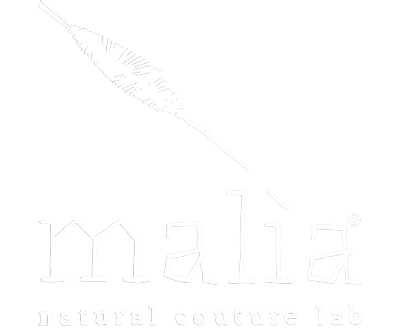








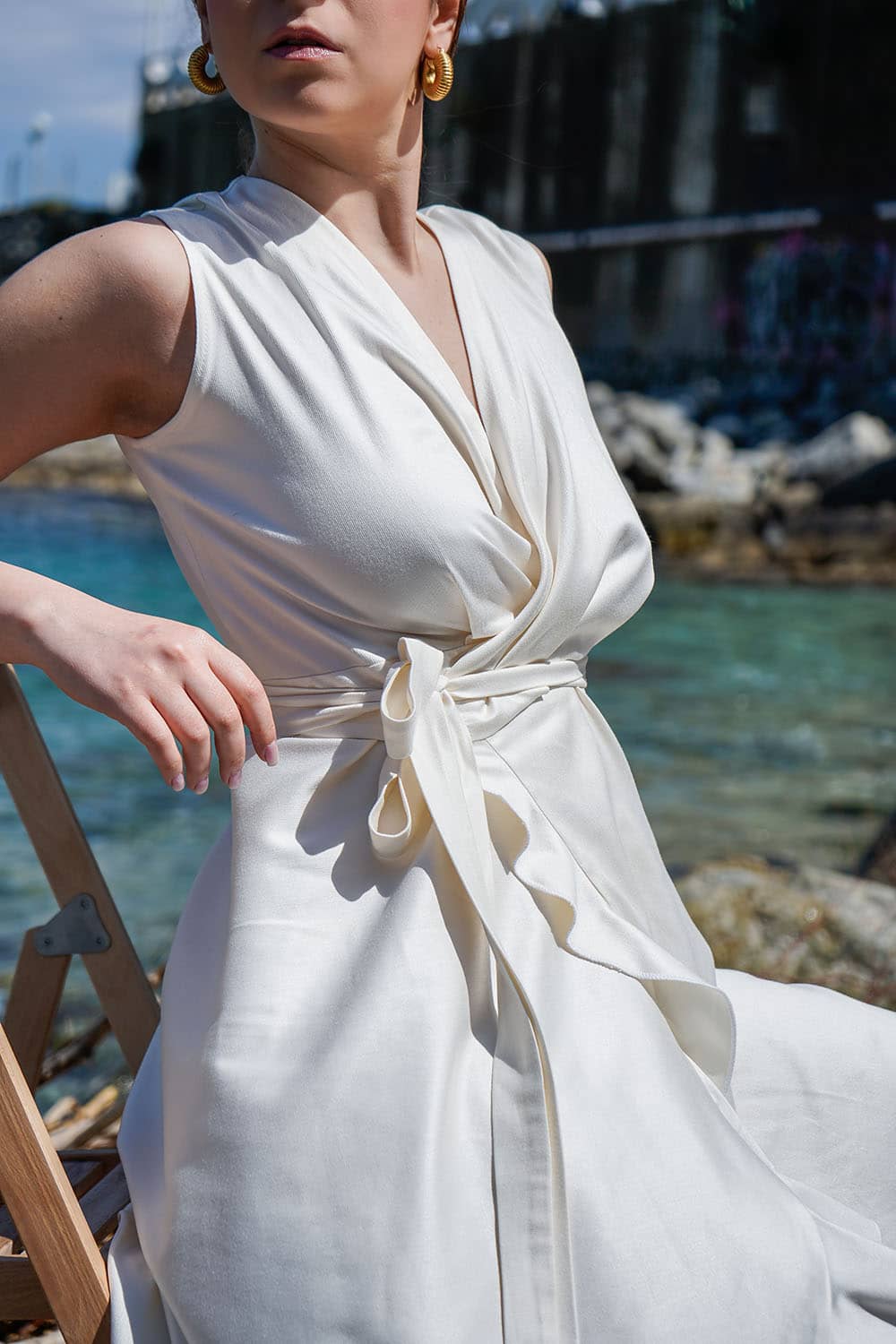

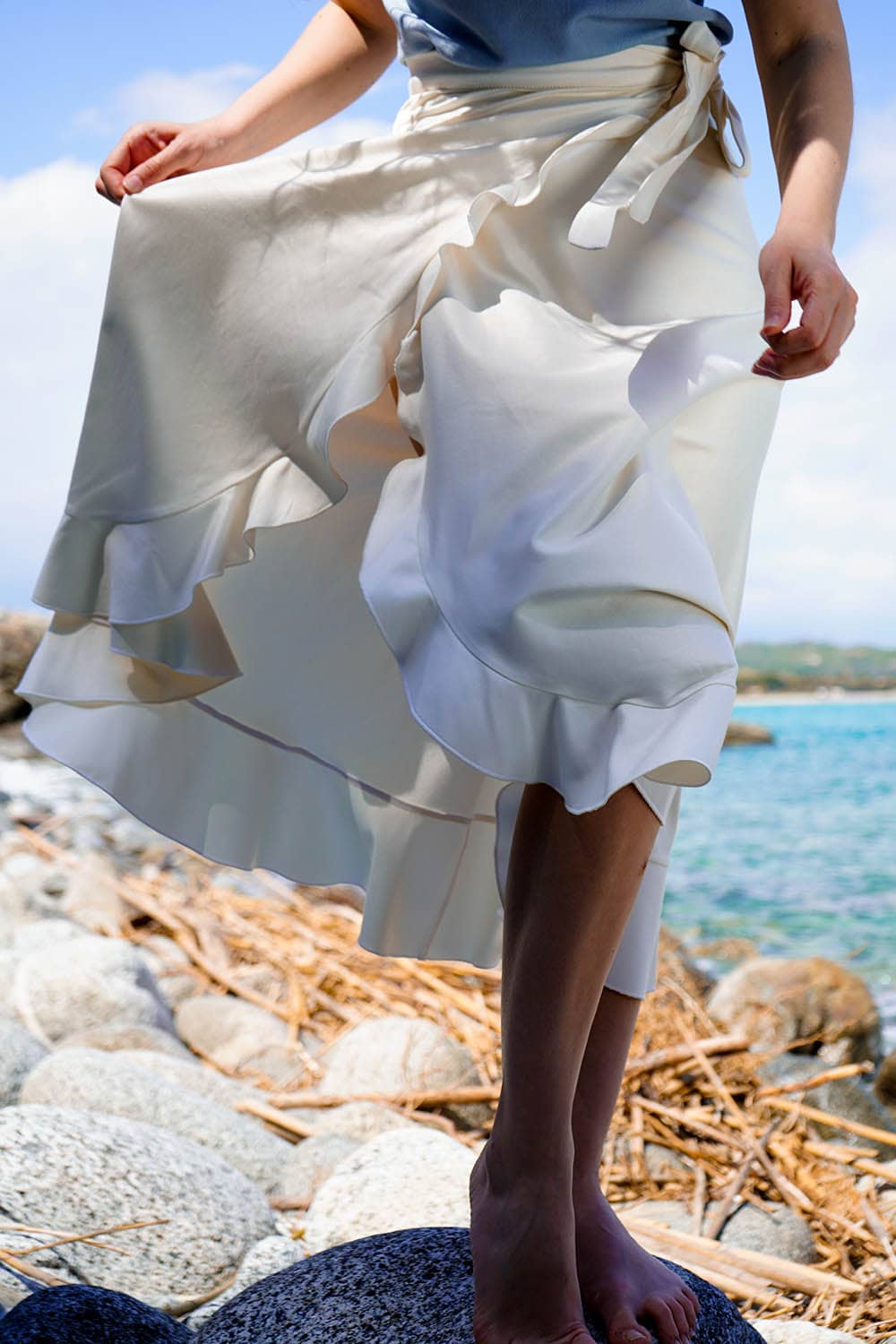

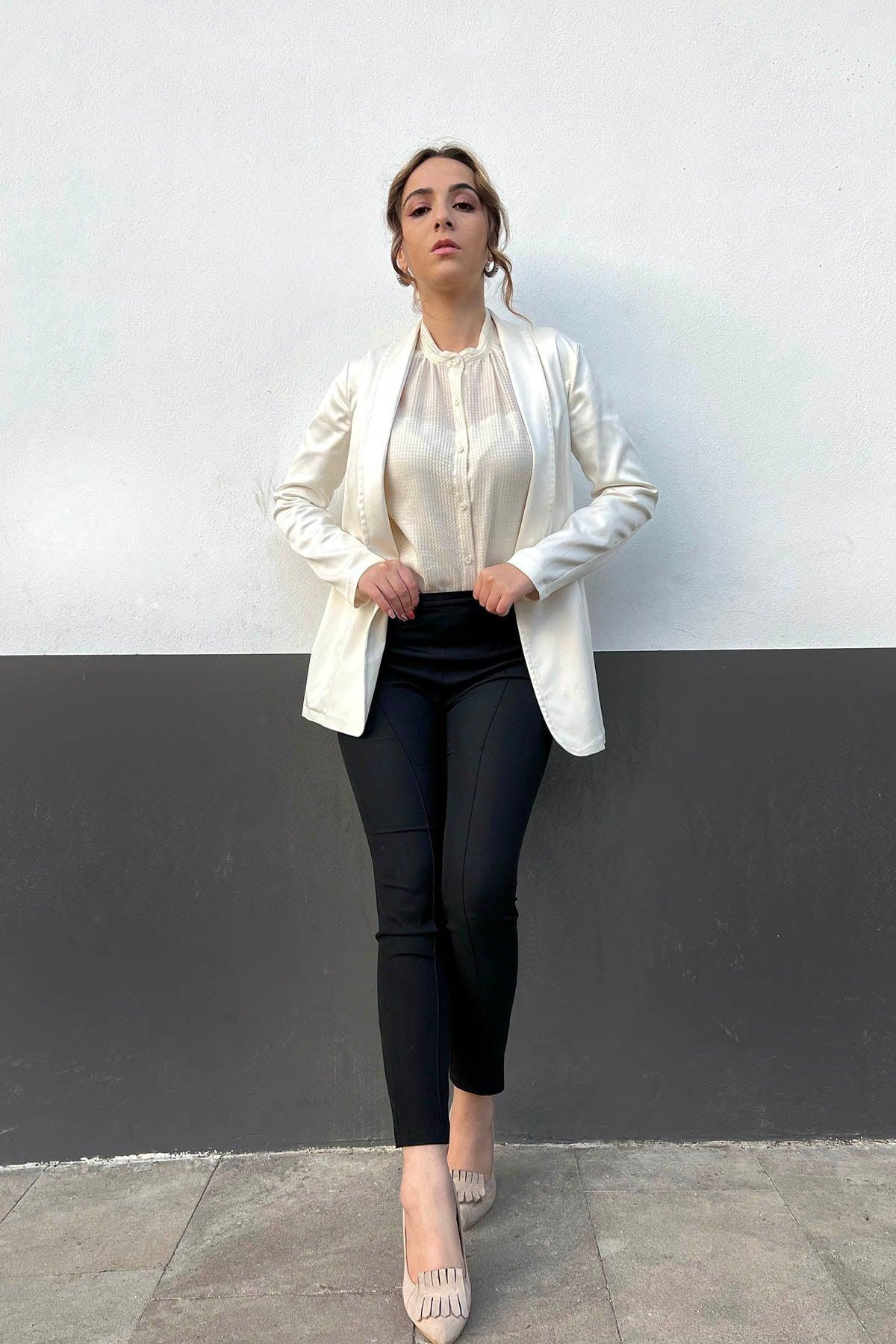



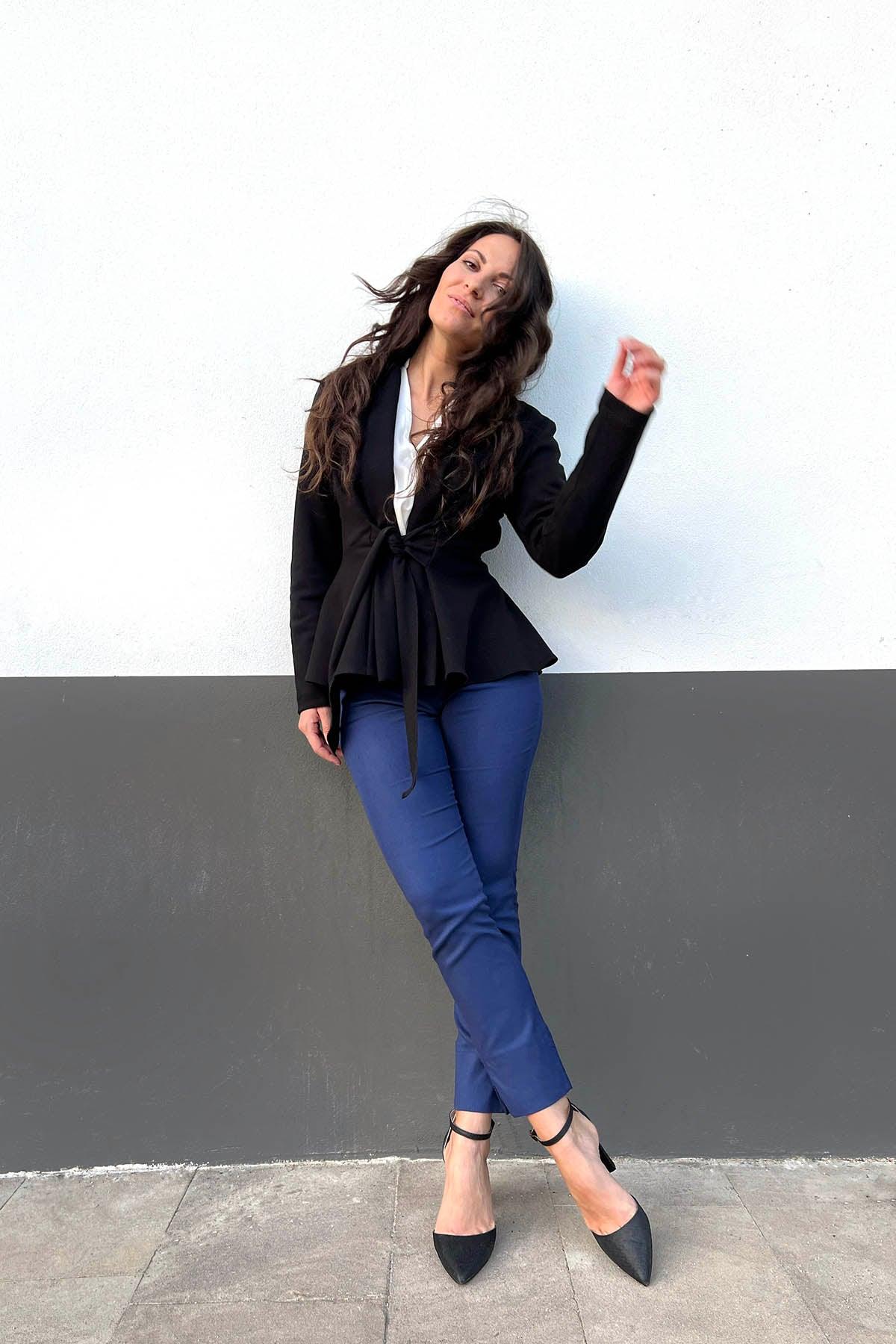


Leave a comment
All comments are moderated before being published.
This site is protected by hCaptcha and the hCaptcha Privacy Policy and Terms of Service apply.